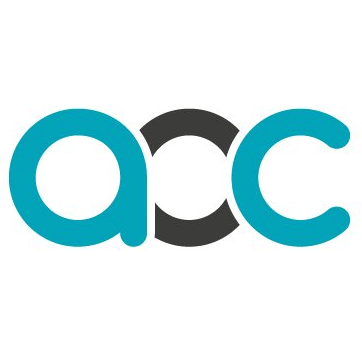What do I mean by intersectionality? The term might not be part of everyday conversation, but its relevance is rapidly growing. To truly comprehend the social environment, we must consider the lens of intersectionality; that social characteristics such as race, class, and gender create overlapping and interdependent systems of discrimination or disadvantage. These factors position colleges as sites of intersectionality with a potential intersection of opportunity for policymakers. I firmly believe that to address interconnected structural social challenges, colleges play a pivotal role.
The GFE college sector undeniably recruits the largest proportion of students who are placed at the intersection of known indices of multiple deprivation. In the main, from the lowest 3 IMDs. These are students who often have complex backgrounds, low GCSE outcomes and require a skills education which is different from traditional schooling methodologies. In navigating both challenges and opportunities, colleges emerge as critical local anchor organisations.
Despite being the primary recruiters of students facing multiple disadvantage, the college sector has borne the brunt of the largest funding cuts within the education sector. Presently, funding continues to lag behind other sectors across the education spectrum. The real-terms impact, despite an 18% increase in 16-18 funding since September 2019, shows a depressing fall of 10%. The last funding rate increase nationally for the Adult Education Budget was well over 10 years ago. This financial challenge coincides with, and impacts on, the difficulty colleges face in attracting and retaining staff.

